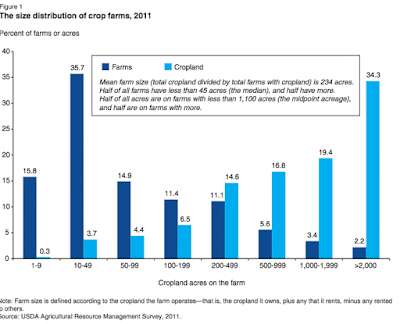No different than the Iraqi Prime Minister, President Obama seeks out time to talk to allies and friends. There is currently a crisis in Ukraine. The IMF is instrumental to dissecting Ukraine debt. There are many problems with Ukraine. So, I am not surprised President Obama didn't have time for others. The best way to address anything with President Obama is to get on his schedule.
President Obama is not a man of few words. He would choose to not engage a conversation, especially when it was in regard to national security and the status it enjoys in the way of secrets. I am confident he noted the Prime Minister, but, was compromised to talk to him because of the numerous media presence.
President Obama is not a man of few words. He would choose to not engage a conversation, especially when it was in regard to national security and the status it enjoys in the way of secrets. I am confident he noted the Prime Minister, but, was compromised to talk to him because of the numerous media presence.
ABC News Videos | ABC Entertainment News








